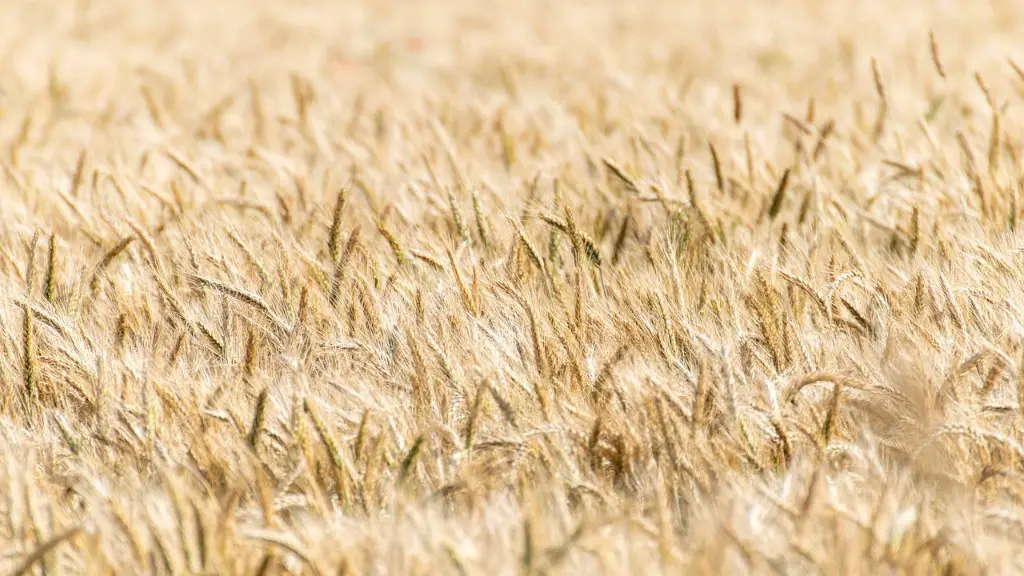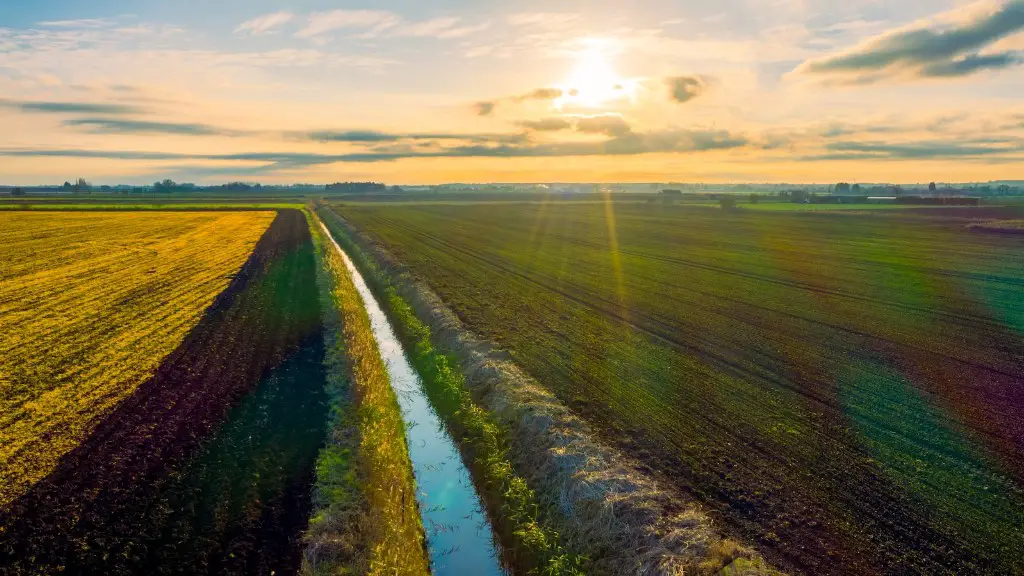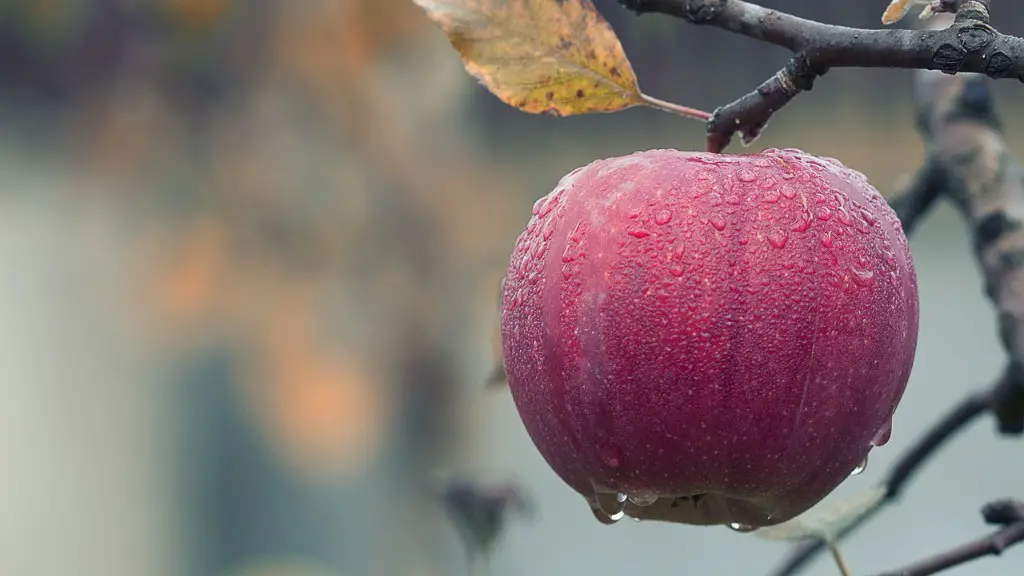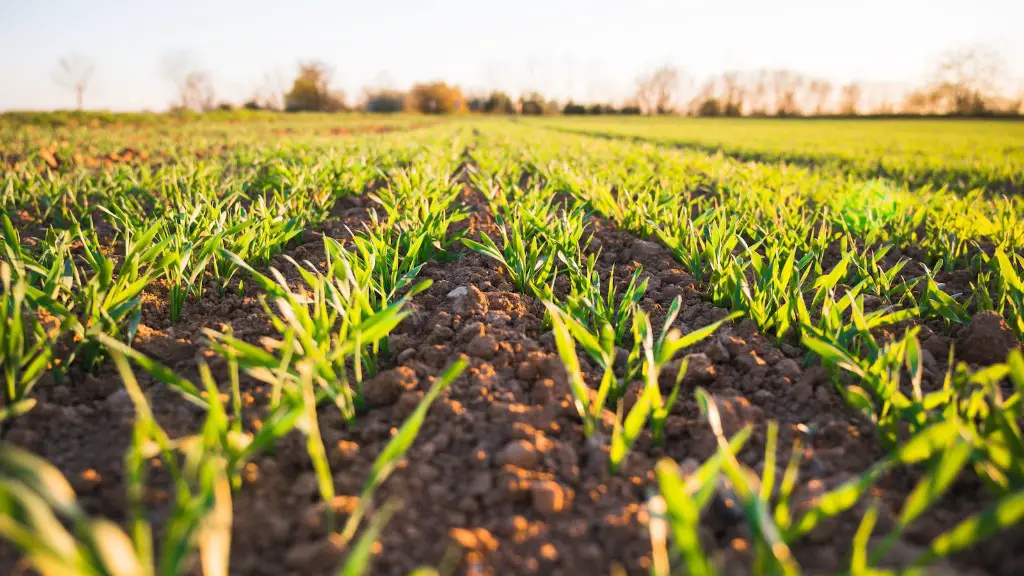Agriculture is one of the leading causes of air pollution. Agricultural activities release a variety of pollutants into the air, including dust, pesticides, and methane. These pollutants can have harmful effects on human health and the environment.
Farming and agricultural processes can cause air pollution in a number of ways. For example, the burning of fossil fuels to operate farm equipment releases harmful chemicals into the air. In addition, the overuse of pesticides and herbicides can lead to air and water contamination, and the raising of livestock produces large amounts of methane gas, which is a powerful greenhouse gas.
How much does agriculture contribute to air pollution?
Agriculture is a significant source of greenhouse gas emissions in the United States. Currently, agriculture accounts for about 11 percent of US emissions, and of that, 36 percent comes from the raising, feeding, and management of livestock.
Livestock agriculture is a major contributor to greenhouse gas emissions due to the methane emitted by animals and the carbon dioxide emitted from the burning of fossil fuels to produce feed. Methane is a powerful greenhouse gas that is approximately 25 times more potent than carbon dioxide.
There are a number of ways to reduce the greenhouse gas emissions associated with livestock agriculture. One is to improve the efficiency of livestock production, for example, by using better management practices to reduce methane emissions from animals. Another is to shift to less carbon-intensive animal feeds, such as those made with sustainable forestry products.
Farms in the United States are responsible for a large majority of airborne ammonia pollution. The main sources of this pollution are fertilizers and livestock manure. This pollution can have harmful effects on the environment and human health.
What pollution comes from agriculture
Ammonia is a gas that comes from heavily fertilized fields and livestock waste. It is one of the main forms of agricultural air pollution. Ammonia can enter the air and cause problems for people who breathe it in. It can also cause problems for plants and animals.
Animal agriculture is a leading source of pollution in the environment.Animal agriculture is a leading source of pollution in the environment.Animal agriculture is a leading source of pollution in the environment.Animal agriculture is a leading source of pollution in the environment.Animal agriculture is a leading source of pollution in the environment.Animal agriculture is a leading source of pollution in the environment.Animal agriculture is a leading source of pollution in the environment.Animal agriculture is a leading source of pollution in the environment.Animal agriculture is a leading source of pollution in the environment.Animal agriculture is a leading source of pollution in the environment.Animal agriculture is a leading source of pollution in the environment.Animal agriculture is a leading source of pollution in the environment.Animal agriculture is a leading source of pollution in the environment.Animal agriculture is a leading source of pollution in the environment.Animal agriculture is a leading source of pollution in the environment.Animal agriculture is a leading source of pollution in the environment.Animal agriculture is a leading source of pollution in the environment.Animal agriculture is a leading source of pollution in the environment.Animal agriculture is a leading source of pollution in the environment.Animal agriculture is a leading source of pollution in the environment.Animal agriculture is a leading source of pollution in the environment.Animal agriculture
What are 3 effects of agriculture on the environment?
Large-scale, conventional farming is not sustainable in the long term. It focuses on intensive single crop production, mechanization, and depends on fossil fuels, pesticides, antibiotics, and synthetic fertilizers. While this system yields high production levels, it also contributes to climate change, pollutes air and water, and depletes soil fertility. In the long run, this type of farming is not sustainable and will not be able to meet the needs of future generations.
Agricultural residues, such as crop straw and animal manure, can be a major source of pollution when they are not managed properly. If they are allowed to decompose in the field, they can release nutrients and organic matter that can pollute surface and groundwater.
Fertilizers and pesticides can also pollute water resources if they are not used properly. When applied to fields, these chemicals can runoff into surface water, where they can contaminate drinking water supplies or harm aquatic life.
Animal husbandry can also be a source of water pollution, particularly if manure is not properly managed. Manure can contain harmful bacteria and nutrients that can pollute surface and groundwater if it is not properly contained.
Excess salts from applied irrigation water can also pollute surface and groundwater. As water evaporates from the soil, it leaves behind salts that can accumulate and eventually contaminate water resources.
What impact does agriculture have on the atmosphere?
agriculture affects climate change by producing greenhouse gases which cause our climate to warm. Around 13% of NSW’s greenhouse gas emissions are from agriculture. The main greenhouse gases produced by agriculture are methane, carbon dioxide and nitrous oxide.
Fertilizers and animal manure are the primary sources of nutrient pollution from agricultural sources. Excess nutrients can impact water quality when it rains or when water and soil containing nitrogen and phosphorus wash into nearby waters or leach into ground waters.
How does air pollution from agriculture affect the environment
Agricultural air pollution is a major problem because it contributes to climate change in the form of greenhouse gas emissions and suspended particulates known as aerosols. Agricultural air pollution also causes odor after deposition of reactive nitrogen compounds, eutrophication and acidification of aquatic systems, and endangers biodiversity.
Farming practices that release methane into the atmosphere contribute to climate change. Methane is a powerful greenhouse gas, trapping heat in the atmosphere and causing the Earth to warm.
Livestock animals, like cows, release methane gas into the atmosphere through their digestive tracts. When cows eat plants for sustenance, their digestive system produces methane gas, which is expelled as waste.
Farming practices that contribute to methane emissions can be changed to help reduce the impact of climate change. Reducing the number of livestock animals raised for food production, for example, can help to lower methane emissions from farms.
What are harmful effects of agriculture?
Agriculture contributes to a number of important environmental issues that cause environmental degradation. These include climate change, deforestation, biodiversity loss, dead zones, genetic engineering, irrigation problems, pollutants, soil degradation, and waste.
Agriculture is a significant contributor to climate change, as it accounts for 10-12% of global greenhouse gas emissions. Agriculture also plays a role in deforestation, as 60% of the world’s deforested area is estimated to be used for pasture or cropland.
Biodiversity loss is another major environmental issue caused by agriculture. It is estimated that 30-50% of the world’s biodiversity has been lost in the last century, and much of this loss can be attributed to agriculture.
Irrigation problems, such as waterlogging and salinization, are also major environmental issues caused by agriculture. These problems can lead to soil degradation and loss of productivity.
Pollutants from agriculture, such as pesticides and fertilizers, can also cause environmental degradation. These pollutants can contaminate water supplies and cause health problems.
Soil degradation is another major environmental issue caused by agriculture. Agricultural activities can lead to soil erosion, compacting, and loss of fertility.
Finally, agricultural
Agriculture affects the environment in many ways, both positive and negative. On the positive side, agriculture can help reduce CO2 levels, improve air quality, and provide habitat for wildlife. On the negative side, agriculture can lead to soil erosion, water pollution, and deforestation.
What are 4 sources of agricultural pollution
Non-point sources of pollution are those that cannot be easily traced to a single source. They are typically caused by a variety of activities that occur over a large area. Examples of non-point sources include fertilizers, wastewater, automobile exhaust and natural animal waste. Non-point source pollution is a major problem because it is difficult to control and often results in contamination of our air, water and soil.
The most prevalent source of agricultural water pollution is soil that is washed off fields. Rain water carries soil particles (sediment) and dumps them into nearby lakes or streams. Too much sediment can cloud the water, reducing the amount of sunlight that reaches aquatic plants.
Is agriculture worst for climate change?
We also know that one of the major contributors to climate change is factory farming, which releases vast quantities of carbon dioxide and methane into the atmosphere.
Factory farming is intensifying climate change, and it is time for us to take action. We need to move away from this unsustainable and damaging form of agriculture and towards more sustainable, regenerative farming practices.
There are many benefits to regenerative agriculture, including reducing greenhouse gas emissions, improving soil health, and providing a more nutritious food supply. Let’s make the switch to regenerative agriculture and help protect our planet for future generations.
Deforestation and change in land use can have a big impact on the amount of carbon dioxide that is stored in the atmosphere. Agriculture is often the reason for this change, as it can lead to the clearing of forests and the conversion of natural ecosystems into farmland. This can release a lot of stored carbon dioxide into the atmosphere, which can contribute to climate change.
Conclusion
Agriculture can cause air pollution in a number of ways. The most common way is through the use of agricultural chemicals, such as fertilizers and pesticides. These chemicals can release harmful airborne pollutants into the air, which can eventually drift into nearby communities and cause respiratory problems for residents. Another way that agriculture can cause air pollution is through the burning of crop waste. This agricultural burning releases harmful chemicals and particulates into the air, which can again cause respiratory problems for nearby residents.
The agricultural sector is a major contributor to air pollution, accounting for approximately 10% of total emissions in 2007. The sector is also one of the fastest-growing sources of emissions, with emissions expected to increase by 50% between 2007 and 2050. Agricultural air pollution is caused by a variety of activities, including livestock farming, fertilizer use, and open burning of crop residue.





